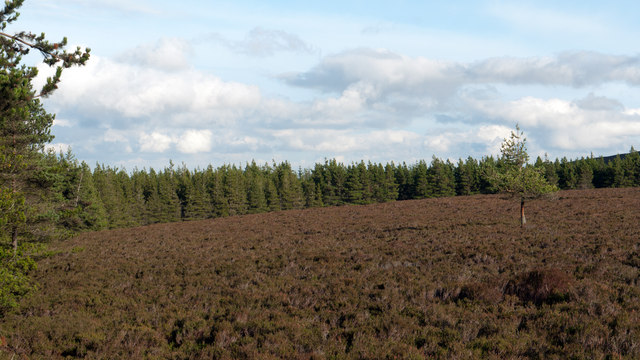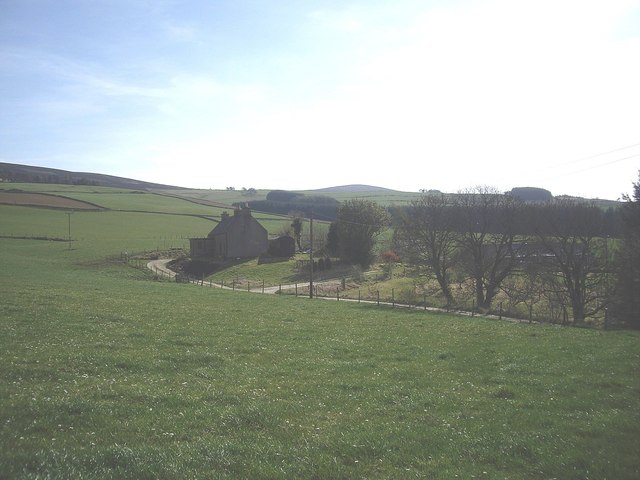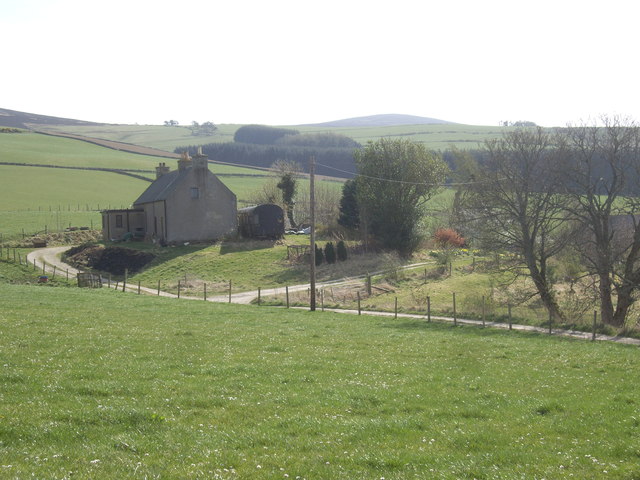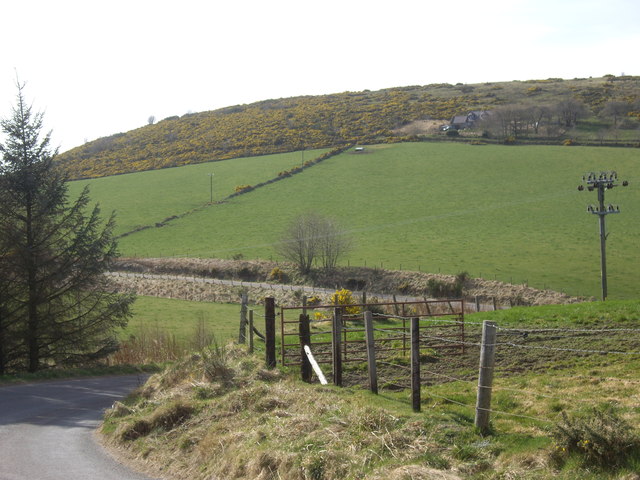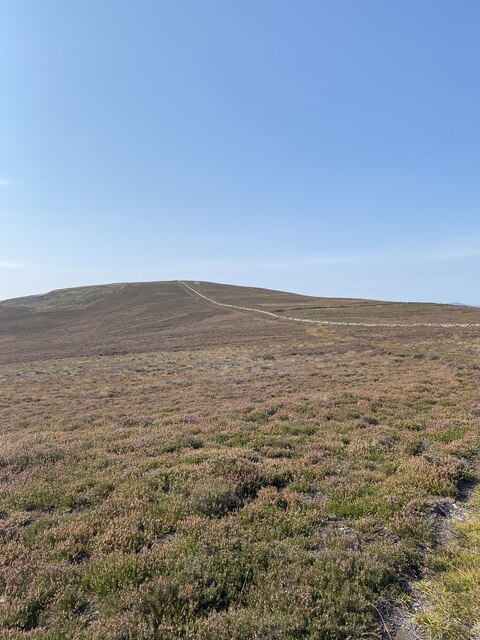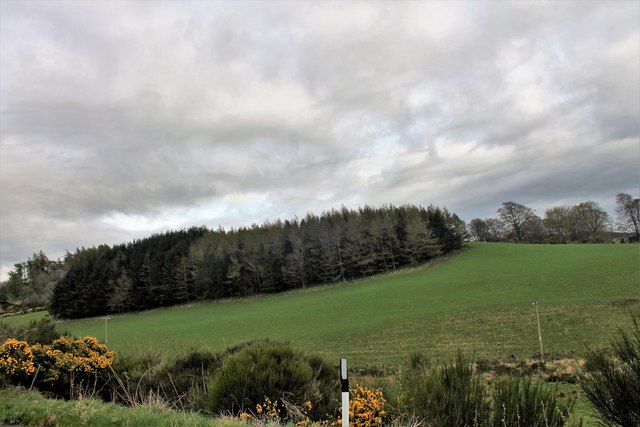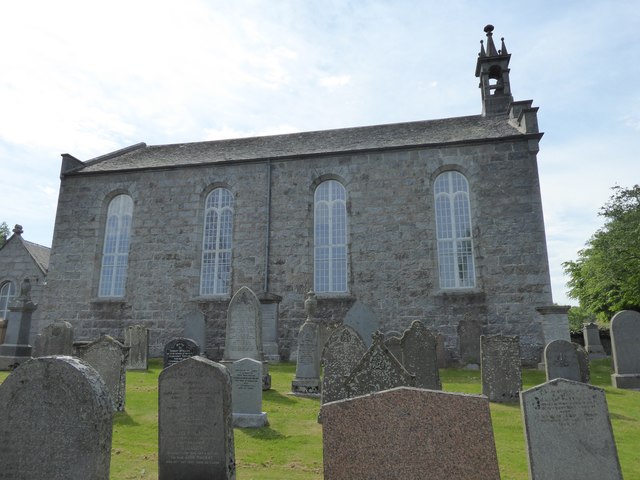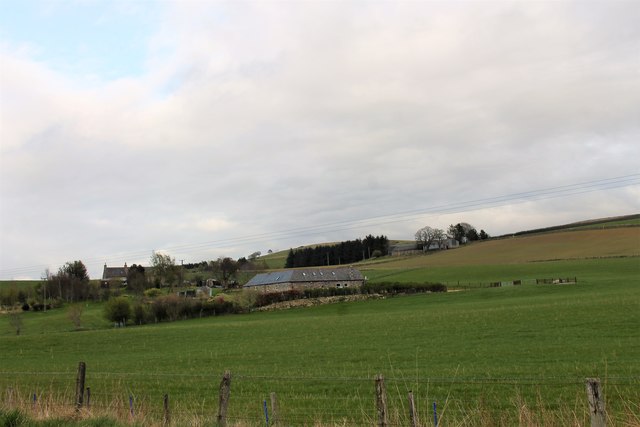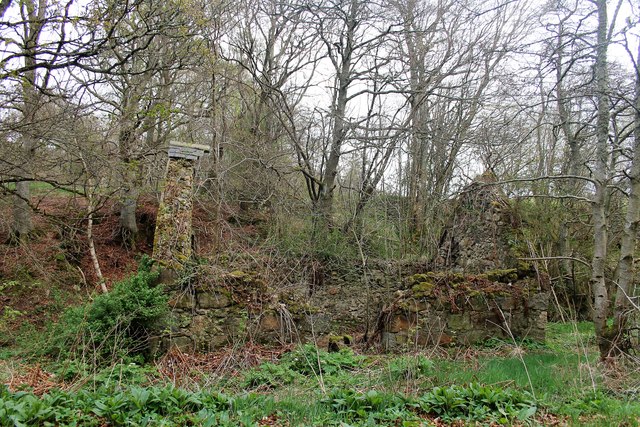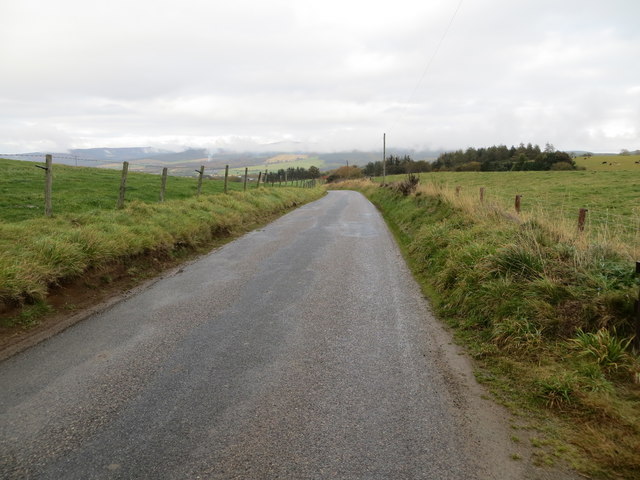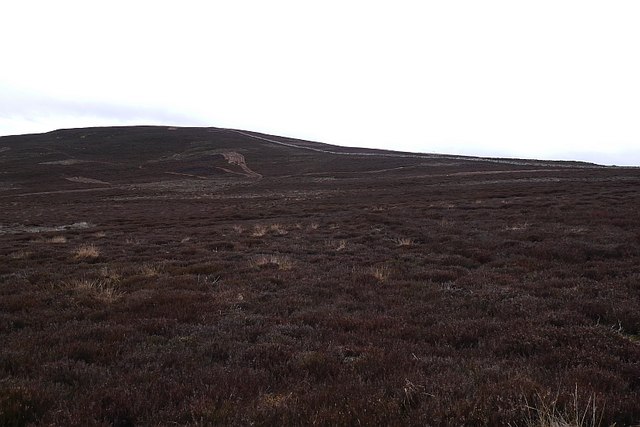Haybogs Wood
Wood, Forest in Aberdeenshire
Scotland
Haybogs Wood
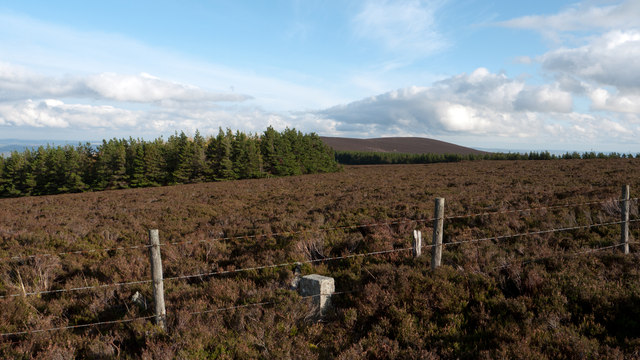
Haybogs Wood is a beautiful forest located in Aberdeenshire, Scotland. It spans over an area of approximately 100 acres and is known for its stunning natural landscapes and diverse wildlife. The wood is situated near the town of Insch, making it easily accessible for both locals and tourists.
The woodland consists mainly of broadleaf trees such as oak, birch, and beech, which create a dense canopy overhead. The forest floor is covered with a thick carpet of ferns, moss, and wildflowers, adding to its enchanting atmosphere. Haybogs Wood is also home to a small stream that meanders through the forest, adding to its serene ambiance.
The wood is a haven for a wide range of wildlife species. Visitors can often spot various birds, including woodpeckers, owls, and buzzards, among others. Mammals such as deer, foxes, and squirrels are also commonly seen in the area. The wood's diverse ecosystem provides ample opportunities for nature enthusiasts and photographers to observe and capture the beauty of these animals in their natural habitat.
Haybogs Wood offers several walking trails and paths that allow visitors to explore its enchanting surroundings. These trails are well-maintained and offer breathtaking views of the wood's flora and fauna. The wood also has picnic areas and benches, providing a perfect spot for visitors to relax and enjoy the tranquility of nature.
Overall, Haybogs Wood is a picturesque forest that offers a peaceful retreat for nature lovers. Its stunning landscapes, diverse wildlife, and well-maintained trails make it a must-visit destination for anyone seeking to connect with nature in Aberdeenshire.
If you have any feedback on the listing, please let us know in the comments section below.
Haybogs Wood Images
Images are sourced within 2km of 57.187213/-2.6363761 or Grid Reference NJ6110. Thanks to Geograph Open Source API. All images are credited.
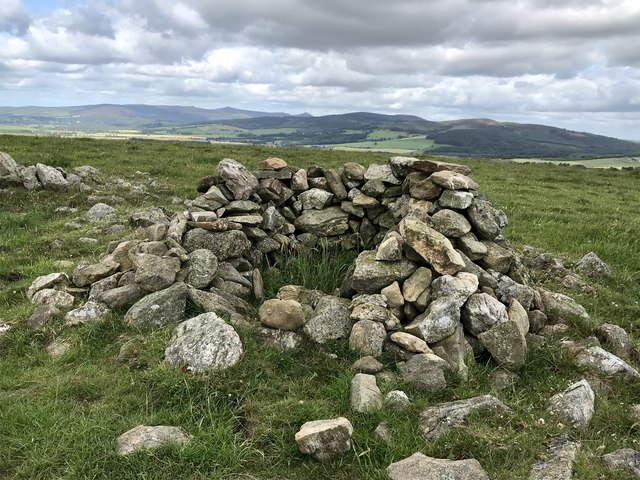
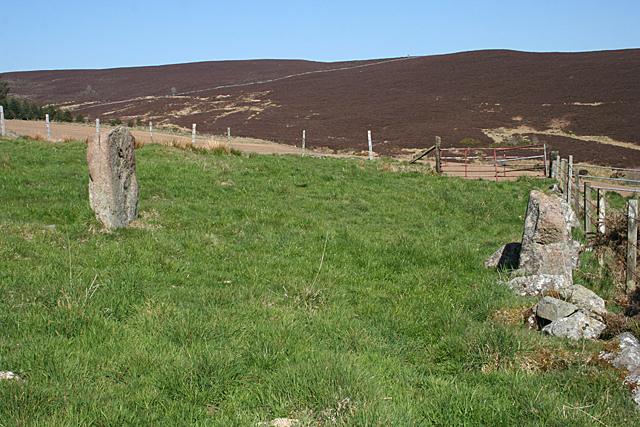
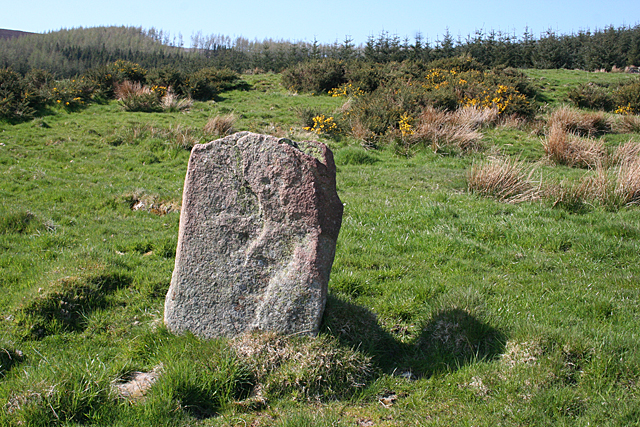

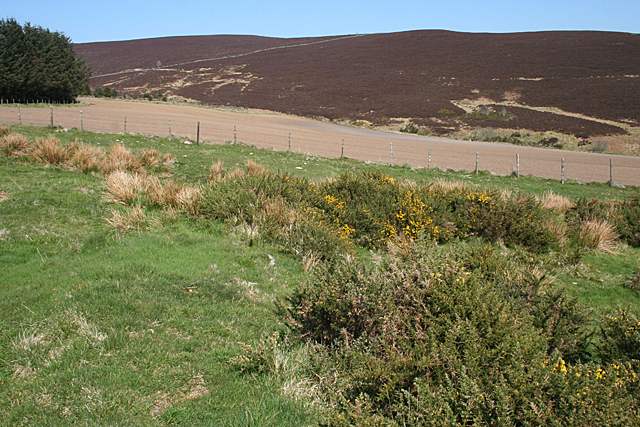
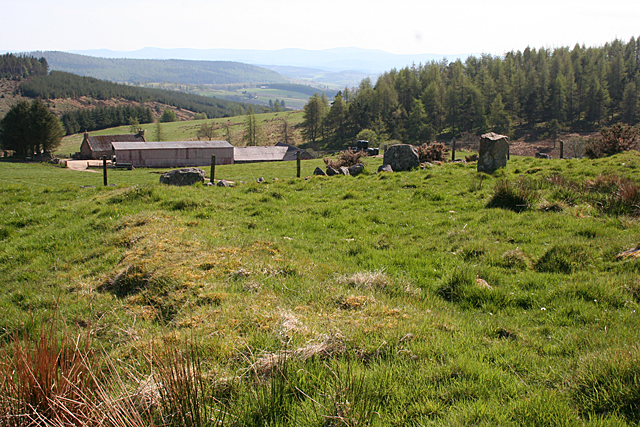
Haybogs Wood is located at Grid Ref: NJ6110 (Lat: 57.187213, Lng: -2.6363761)
Unitary Authority: Aberdeenshire
Police Authority: North East
What 3 Words
///emails.scam.craziest. Near Alford, Aberdeenshire
Nearby Locations
Related Wikis
Kirkton of Tough
Kirkton of Tough, usually shortened to Tough ( TUUKH), is a settlement in the Marr area of Aberdeenshire, Scotland at grid reference NJ615129. It is about...
Aberdeenshire (historic)
Aberdeenshire or the County of Aberdeen (Scots: Coontie o Aiberdeen, Scottish Gaelic: Siorrachd Obar Dheathain) is a historic county and registration county...
Tillyfourie
Tillyfourie is a hamlet in Aberdeenshire, Scotland. It is situated at the junction between the A944 road and the B993 road. A disused quarry and a stone...
Tillyfourie railway station
Tillyfourie railway station was a railway station serving Tillyfourie, Aberdeenshire, Scotland. The station opened on 2 June 1860 on the Alford Valley...
Whitehouse railway station (Scotland)
Whitehouse railway station was a station in Whitehouse, Aberdeenshire. It opened with the along with the rest of the Alford Valley Railway line from Kintore...
Tillycairn Castle
Tillycairn Castle is an L-plan castle, dating from the 16th century, standing on high ground around 2.0 miles (3.2 km) south-east of Cluny in Aberdeenshire...
Tornaveen
Tornaveen (Scottish Gaelic: Tòrr nam Fiann) is a district to the north of the small village of Lumphanan, Aberdeenshire, Scotland. It is on the Tarland...
Balfluig Castle
Balfluig Castle is an L-plan tower house, dating from the mid-16th century, a mile south of Alford, in the Howe of Alford, Aberdeenshire, Scotland. The...
Have you been to Haybogs Wood?
Leave your review of Haybogs Wood below (or comments, questions and feedback).
